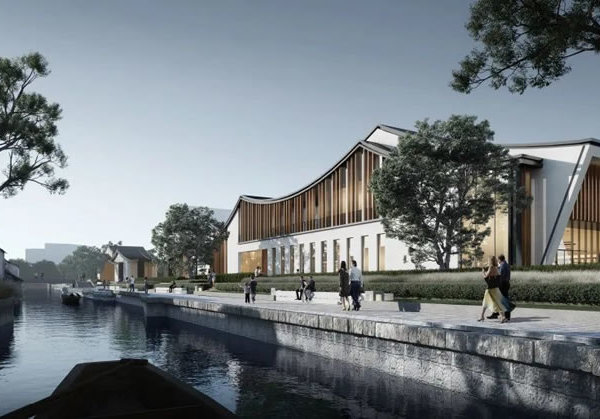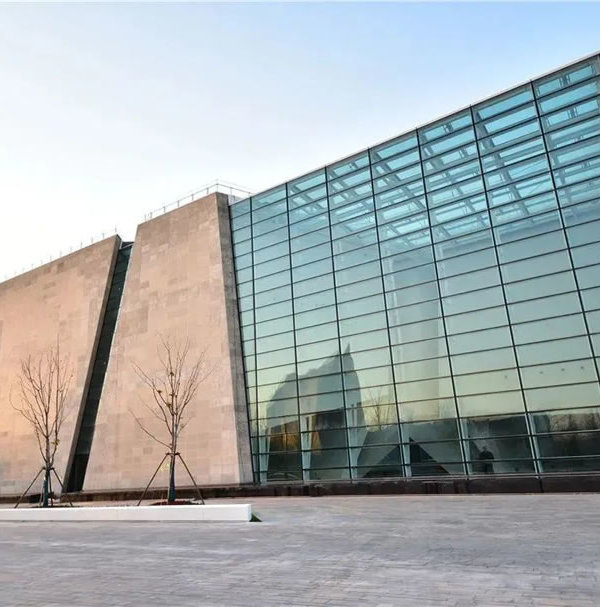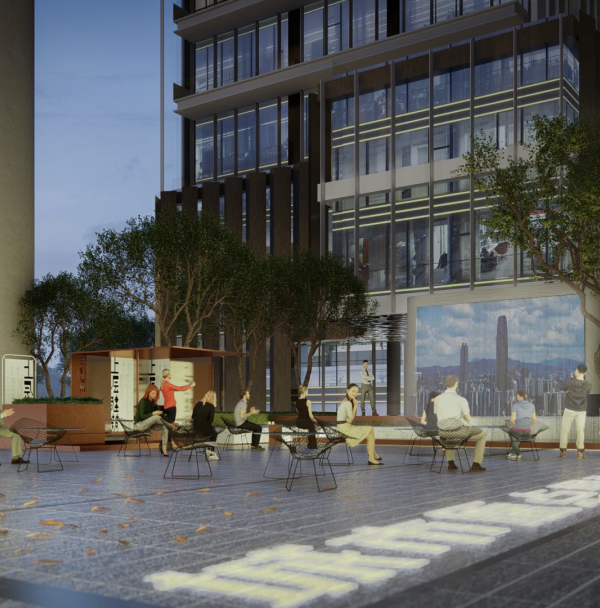Nanchang Red Earth Park is a natural park mainly characterized with the red desert of the Quaternary Plinthitic Horizon. The site is glutted with vast red soil hills and a large forest of Pinus massoniana. This design aims to protect the red earth site and establish a heritage park and, along with the ecological strategy, carry out ecological restoration of the site.It will be open to the public in a limited way, so as to give full play to the role of geological science popularization and natural education, facilitating the public to understand the sorrow of the earth and the beauty of nature.
The site boasts unique red soil landform and primary vegetation communities. However, it is faced with the problems of water loss and soil erosion, and imbalance of plant and animal diversity. The base is fragile in ecological sensitivity.Our overall design strategy is that based on the analysis of the existing vegetation, vertical elevation, and hydrological runoff, we will carry out protective development of the site from the perspectives of ecological restoration, social science popularization and natural experience. Meanwhile, we have established the principle of low intervention, low maintenance and low cost in the design, to minimize damage to the existing geology and vegetation.
In the design, we have given maximum respect for the primary landform and vegetation. First, map out the ecological restoration strategy. To solve the problems of inadequate animal and plant species, water loss and soil erosion, we have put forward targeted strategies of transformation of forest forms and water conservation. Second, adopt the low intervention design strategy. We have strictly controlled the design intensity to minimize the impact on existing vegetation and landform. In addition, highlight the simple and natural local aesthetics and wild features. We have adopted the traditional ramming technology and native Chinese silvergrass vegetation, pursued low impact, low maintenance and low cost, so as to reduce the operation and management costs of the park in the future.
The design starts from the perspectives of ecological restoration, social science popularization and natural experience. Through surface restoration, strip connection and dot molding techniques, it has created a diverse natural experience integrating the landscape, natural experience, ecological restoration, and scientific recognition. Upon completion, it has attracted much attention of the local people, students and the government for the protection of the Plinthitic Horizon site, leaving a positive and wide impact on the site. We hope to respond with an awe of nature to the time carved by the earth.
{{item.text_origin}}












